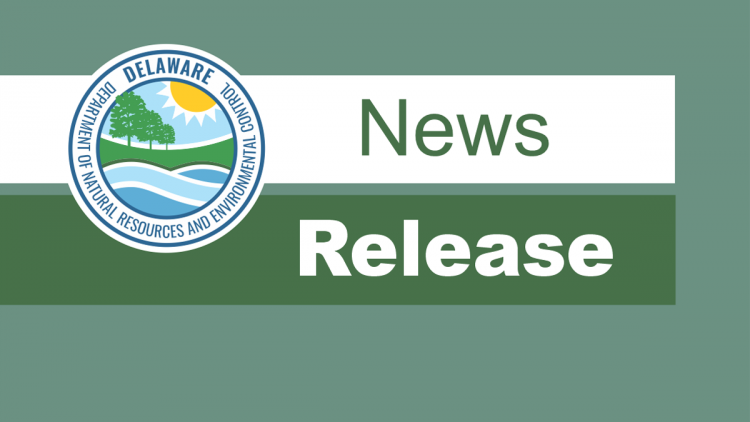
DNREC Shares Public Information Sources About Environmental Releases, Air Quality in Light of Refinery Incident

The Delaware Department Natural Resources and Environmental Control (DNREC) has been monitoring the ongoing incident at the Delaware City Refinery as a result of equipment failure first reported on May 26. There are two DNREC tools available to the public that provide information on this and other incidents.
The Delaware Emergency Release Notification System (DERNS), available at de.gov/derns, provides reports from DNREC about environmental releases statewide, from small fuel spills to significant air emissions.
- For the current refinery incident, as of 3 p.m. May 31, there have been seven DERNS reports posted with information about the substances and quantities that have been released, along with standard information from public health sources about possible health effects.
- The main pollutant released in this incident has been sulfur dioxide.
DNREC maintains an air monitoring station east of the refinery on Route 9, part of a statewide network of air monitors. The daily and hourly data measuring a number of pollutants from the statewide network and from the Route 9 monitor are available from the Air Quality Monitoring Network link at de.gov/airdata.
- For the current refinery incident, as of 3 p.m. May 31, the highest recorded daily average sulfur dioxide level at the Route 9 station has been 2.5 parts per billion on May 26 compared to a health standard of 75 parts per billion. (As of 3 p.m. May 31, the May 31 daily average is showing at 7.33 parts per billion, but this is only for part of the day so is not a complete daily average).
- The highest hourly measurement during this incident is 25 parts per billion for 6 am May 31, and most hourly values since the incident occurred have been at 2 parts per billion or less.
- The Route 9 air monitoring station only measures for sulfur dioxide and particulate matter 2.5, and does not have data for other substances measured at other DNREC air monitoring stations.
- Time periods in the Route 9 data plots where there is no measurement displayed for sulfur dioxide are where the measurement was below the minimum detection limit.
The current sulfur dioxide and other emissions are beyond the limits of the facility’s permits and will be assessed for violation and penalties. A list of environmental violations issued by DNREC is at de.gov/violations.
Fines from environmental violations go in part to the Community Environmental Project Fund, which funds environmental projects by organizations in communities near where violations occur. A history of CEPF-funded projects is at de.gov/cfpf
About DNREC
The Delaware Department of Natural Resources and Environmental Control protects and manages the state’s natural resources, protects public health, provides outdoor recreational opportunities and educates Delawareans about the environment. For more information, visit the website and connect with @DelawareDNREC on Facebook, Instagram, YouTube, X (formerly known as Twitter) or LinkedIn.
Media Contacts:
Nikki Lavoie: nikki.lavoie@delaware.gov; Michael Globetti: michael.globetti@delaware.gov
Distribution channels:
Legal Disclaimer:
EIN Presswire provides this news content "as is" without warranty of any kind. We do not accept any responsibility or liability for the accuracy, content, images, videos, licenses, completeness, legality, or reliability of the information contained in this article. If you have any complaints or copyright issues related to this article, kindly contact the author above.
Submit your press release